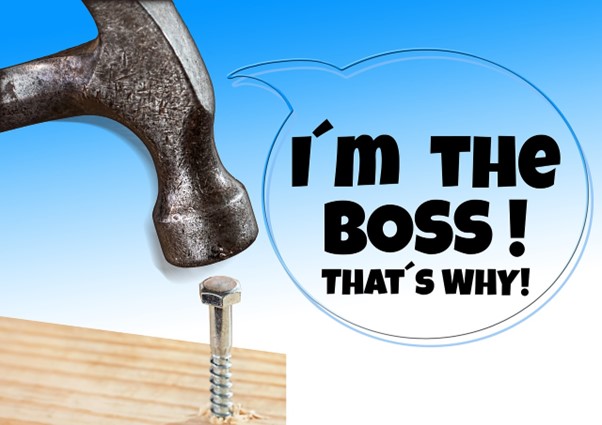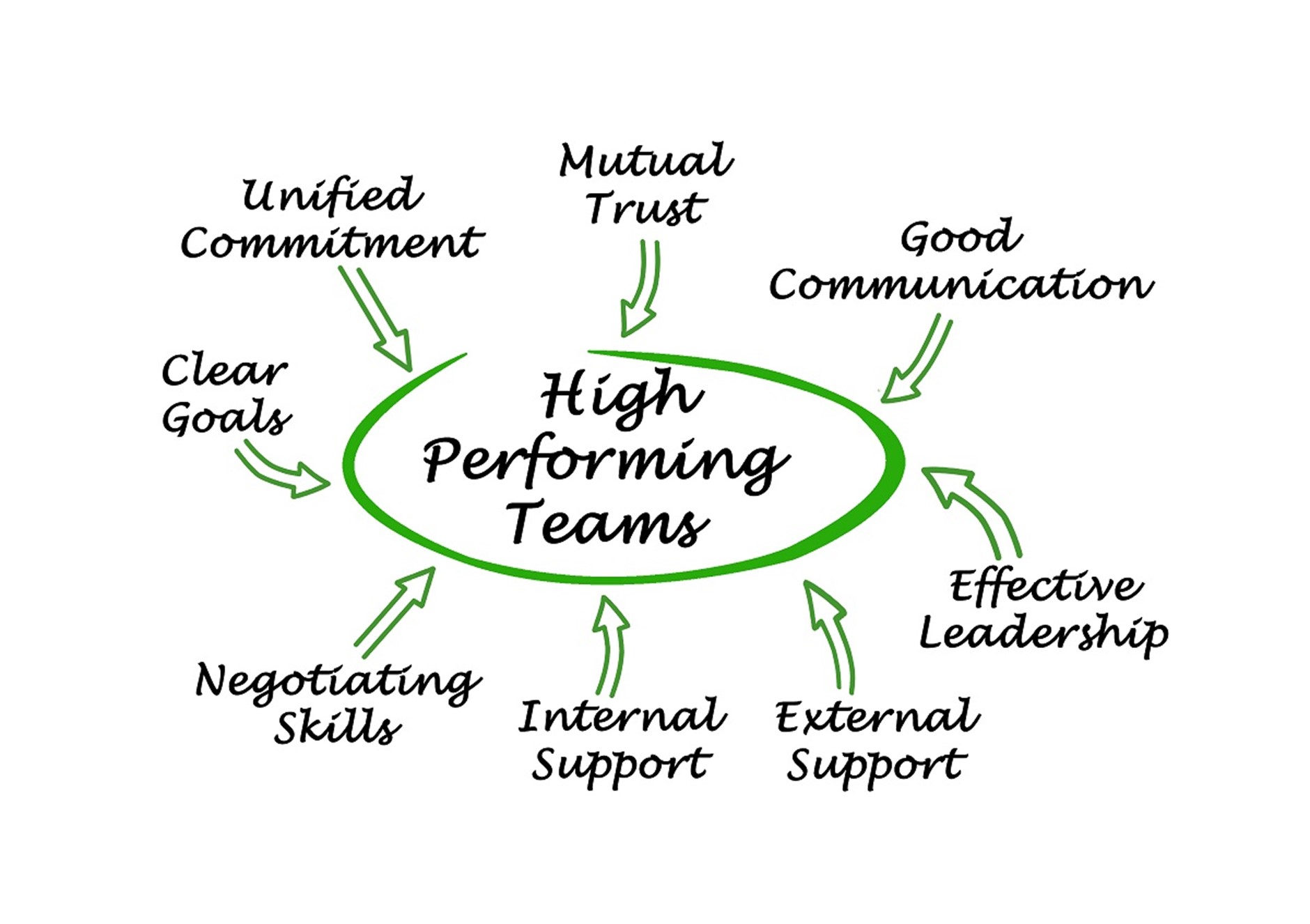In Sales, time is your most valuable asset. Every hour counts, and how you manage those hours can make or break your success. Balancing prospecting, client meetings, follow-ups, and paperwork can feel like juggling a dozen balls at once. How do you stay productive without burning out?
Believe it or not, studies from McKinsey & Company show that up to 66% of salespeople’s time is spent on non-revenue-generating tasks, like administrative work and data entry. This leaves just 34% of your time for what really matters: selling. Imagine how much more you could accomplish if you managed that 34% efficiently—or even better, if you could free up more time for actual selling.
So, how do you maximise your time? Let’s break down some strategies that will boost your productivity without adding more hours to your workday.

Prioritise High-Value Activities (The 80/20 Rule)
The Pareto Principle, also known as the 80/20 rule, is golden for salespeople. Simply put, 80% of your results come from 20% of your efforts. The key is identifying that crucial 20%. Is it prospecting? Cold calling? Nurturing existing relationships?
Start each day by focusing on the high-impact activities. Instead of spending your morning responding to emails or tweaking your CRM notes, prioritise those tasks that directly move the needle. Maybe it’s reaching out to five new leads, setting up a demo, or closing a pending deal.
Time-Block Your Schedule
Time-blocking is a proven technique where you dedicate specific chunks of time to specific tasks. Instead of bouncing between emails, calls, and meetings, carve out uninterrupted blocks for each activity.
Why it works: Multitasking can cost you almost half of your productive time. By time-blocking your schedule, you create a laser-focused environment where you can dive deep into tasks without the distraction of context switching.
Action Step: Reserve 60-90 minutes each morning for your highest priority task—whether that’s prospecting or following up with hot leads. Don’t let anything interrupt this block. Not even email!
Use Sales Tools to Automate Repetitive Tasks
There’s a reason 79% of top-performing companies use sales automation tools. From scheduling emails to tracking customer interactions, sales tools can take a load off your plate.
Top tools to consider:
CRM Systems: Automatically log customer interactions and schedule follow-ups.
Email Automation: Set up sequences so that leads are nurtured without you having to hit “send” every time.
Scheduling Apps: Stop wasting time with back-and-forth emails to set up meetings.
Automation can easily save you hours each week, freeing you up to focus on what you do best—selling.
Set Daily, Weekly, and Monthly Goals
You’ve probably heard it before: “If you fail to plan, you plan to fail.” But how often do you actually set specific, measurable goals for yourself? People who set specific goals are much more likely to succeed than those who don’t.
Start small, for example:
Daily: Try to make 20 cold calls, send 10 follow-up emails, or book 2 demos.
Weekly: Set targets for the number of leads generated or deals moved through the pipeline.
Monthly: Aim for a specific revenue number or a certain number of closed deals.
By breaking your larger goals into smaller, manageable tasks, you’ll stay motivated and know exactly what you’re working toward each day.

Say No More Often
Salespeople are naturally go-getters, which is great! But sometimes, being a “yes” person can kill your productivity. Remember, every time you say “yes” to something non-essential, you’re saying “no” to something more important.
Try this: Before agreeing to a task or meeting, ask yourself, “Does this help me hit my sales target?” If not, consider delegating it or postponing it. Saying “no” isn’t about being rude; it’s about protecting your time and energy.
The Power of the 2-Minute Rule
Here’s a simple hack for handling quick tasks: if something will take less than two minutes, do it now. Whether it’s replying to an email, sending a quick update, or logging a call, the two-minute rule prevents small tasks from piling up and becoming overwhelming later.
Take Breaks to Recharge
This may sound counterproductive, but hear us out. Studies show that taking regular breaks actually boosts your focus and productivity. When you’re feeling stuck or burnt out, a one-minute break can be all you need to recharge and come back stronger.
Use techniques like the Pomodoro method:
• Work for 25 minutes
• Then take a 5-minute break
• After 4 cycles, take a longer break
This structure can help you stay sharp and avoid burnout during the day.

Effective time management is a game-changer for salespeople. By focusing on high-value tasks, using automation tools, and managing your day with intention, you can dramatically increase your productivity. It’s not about working more hours—it’s about making those hours count.
By reclaiming your time, you’ll not only hit your sales targets but also reduce stress and create a better work-life balance. And who doesn’t want that? So how do you manage your time as a sales professional?
Contact KONA today to discuss our tailored Sales Training and Sales Management Training Programs.
Call 1300 611 288 or email info@kona.com.au












































































































